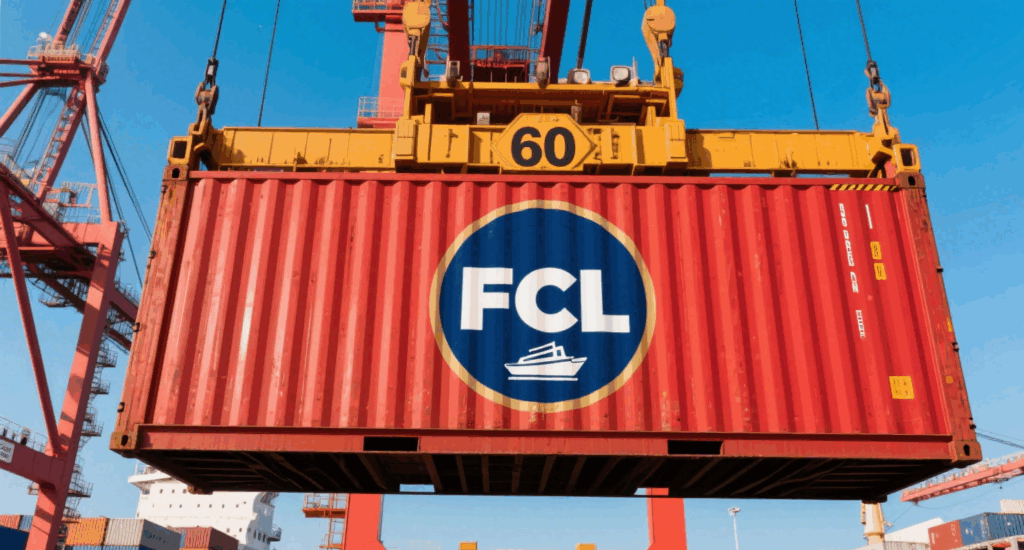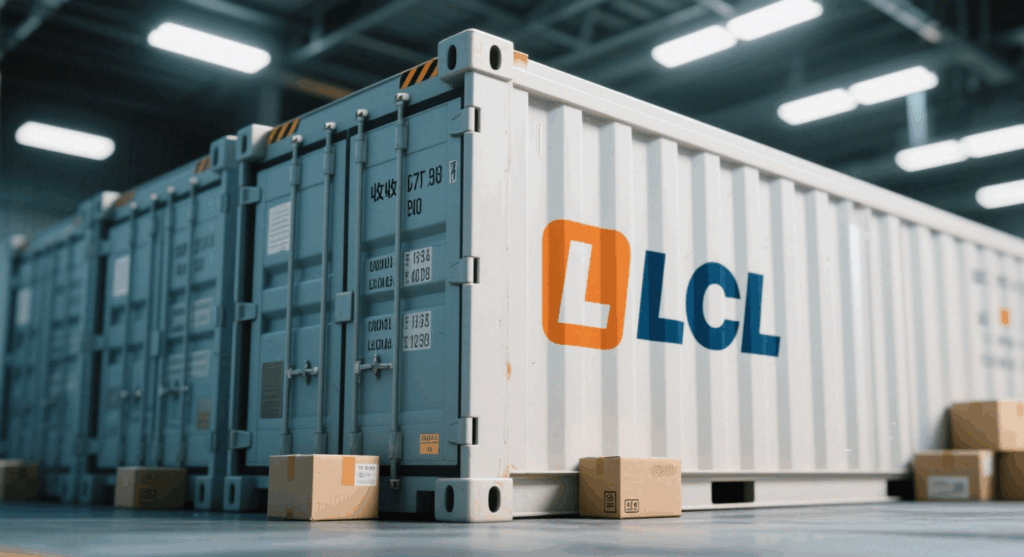- By Della tj
- August 29, 2025
- Sea Freight, Shipping
When businesses consider shipping goods from China to Australia, the first choice for bulk and cost-effective transport is sea freight. The China to Australia sea freight service connects major Chinese ports like Shanghai, Shenzhen, and Ningbo with Australian destinations such as Sydney, Melbourne, and Brisbane. It is the backbone of trade between the two nations, especially for machinery, textiles, electronics, and raw materials.
This guide explains how sea freight works, the costs, shipping times, related terms, ways to avoid hidden charges, and real-world examples. Importers can use it to plan smarter and reduce overall logistics expenses.
1.What is China to Australia Sea Freight?
The term China to Australia sea freight refers to the movement of goods by ocean carriers across the South China Sea and into the Pacific route to Australia. Freight forwarders arrange either Full Container Load (FCL) or Less than Container Load (LCL) shipping, depending on cargo volume.
Sea freight is slower than air cargo but remains the most economical for large shipments. Transit times generally range 18–35 days, depending on the origin and destination ports.
2. Why Do Importers Choose Sea Freight?
- Cost savings: Cheapest per unit for high-volume cargo.
- Capacity: Suitable for heavy or oversized goods.
- Flexibility: Options for FCL, LCL, and specialized containers (reefer, OOG).
- Environmental impact: Lower carbon footprint per ton compared to air freight.
👉 For cost-efficient solutions, check TopChinaFreight’s sea freight service.
3. Shipping Methods and Comparison
3.1 FCL (Full Container Load)
- Ideal for large shipments that fill a 20GP or 40GP/40HQ.
- Faster than LCL as containers are sealed and shipped directly.
- Average cost: $2,500–$4,000 per 20GP.
3.2 LCL (Less than Container Load)
- Cargo consolidated with others in one container.
- Slightly longer due to handling and deconsolidation.
- Cost: $50–$120 per CBM.
3.3 Special Container Options
- Reefer containers for frozen food, fruit, and pharma.
- OOG containers for oversized machinery.

Cost & Time Comparison Table
| Mode | Transit Time | Cost Estimate (USD) | Best Use Case |
|---|---|---|---|
| FCL 20GP | 20–25 days | $2,500–$3,200 | Wholesale, bulk goods |
| FCL 40HQ | 22–28 days | $3,800–$4,500 | High-volume shipments |
| LCL | 25–35 days | $50–$120 per CBM | Small/medium enterprises |
| Reefer | 22–30 days | +15–25% on base freight | Frozen/perishable goods |
4. Related Terms in Sea Freight
- Cut-off date: Final cargo acceptance date before vessel departure.
- Bill of Lading (B/L): Official shipping document, proof of contract.
- Demurrage & Detention: Charges for delayed container return.
- Transshipment: Cargo is transferred at hub ports like Singapore.
👉 See TopChinaFreight shipping glossary for more.
5. Recommendations & How to Avoid Delays
- Book early in peak season: Sept–Dec shipping can extend by 1–2 weeks.
- Select direct sailings: Shanghai/Ningbo → Sydney/Melbourne reduce transit time.
- Prepare documents accurately: Invoice, packing list, HS codes, and B/L.
- Use bonded warehouses in Australia: Quicker customs clearance and distribution.
6. How to Reduce Costs
Importers can save significantly on China to Australia sea freight costs:
- Ship FCL if volume >15 CBM.
- Plan off-peak shipments (Jan–Apr).
- Bundle cargo with other suppliers to fill containers.
- Negotiate rates for frequent shipping contracts.
📌Sample Sea Freight Quote (2025):
- Shenzhen → Sydney (20GP FCL): $2,900 (22 days)
- Ningbo → Melbourne (40HQ FCL): $4,200 (26 days)
- Shanghai → Brisbane (LCL, 12 CBM): $780 ($65/CBM, 28 days)
7. Real-World Examples
Case Study 1: Furniture Exporter
- Route: Shenzhen → Sydney
- Cargo: 1x40HQ container (furniture)
- Cost: $4,300
- Transit time: 25 days
- Result: Reduced cost per unit by 42% compared with air.
Case Study 2: Textile Importer
- Route: Ningbo → Melbourne (LCL)
- Cargo: 15 CBM clothing
- Cost: $1,050
- Transit time: 27 days
- Result: Better than booking FCL, on-time delivery for fashion season.
Case Study 3: Frozen Seafood Supplier
- Route: Shanghai → Brisbane (Reefer)
- Cargo: 20GP reefer container (seafood)
- Cost: $3,950
- Transit time: 24 days
- Result: No spoilage, consistent cold-chain ensured customer trust.
8.Conclusion
The China to Australia sea freight option remains the most reliable and economical for bulk cargo. With transit times of 18–35 days and costs starting from $2,500 per 20GP, it is the backbone of bilateral trade. Importers should balance FCL and LCL based on volume, plan early to avoid delays, and partner with professional forwarders like TopChinaFreight to ensure smooth delivery.
Request a Quote
Need a tailored solution for your shipping from China?
Let TJ China Freight Forwarder assist you with reliable, cost-effective service.
FAQ:
Q1.How does container imbalance affect sea freight rates?
When demand is higher in one region, carriers raise rates to reposition empty containers.
Q2.Which Australian ports handle the most China imports?
Sydney and Melbourne lead, but Brisbane and Fremantle are also major gateways.
Q3.Are there eco-friendly sea freight options from China?
Yes, some carriers offer low-sulfur fuel and carbon-offset programs.
Q4.What payment terms do freight forwarders usually offer?
Commonly prepaid or net-15/30 days for trusted clients.
Q5.What role does freight insurance play?
It covers loss, theft, or damage during the voyage.


